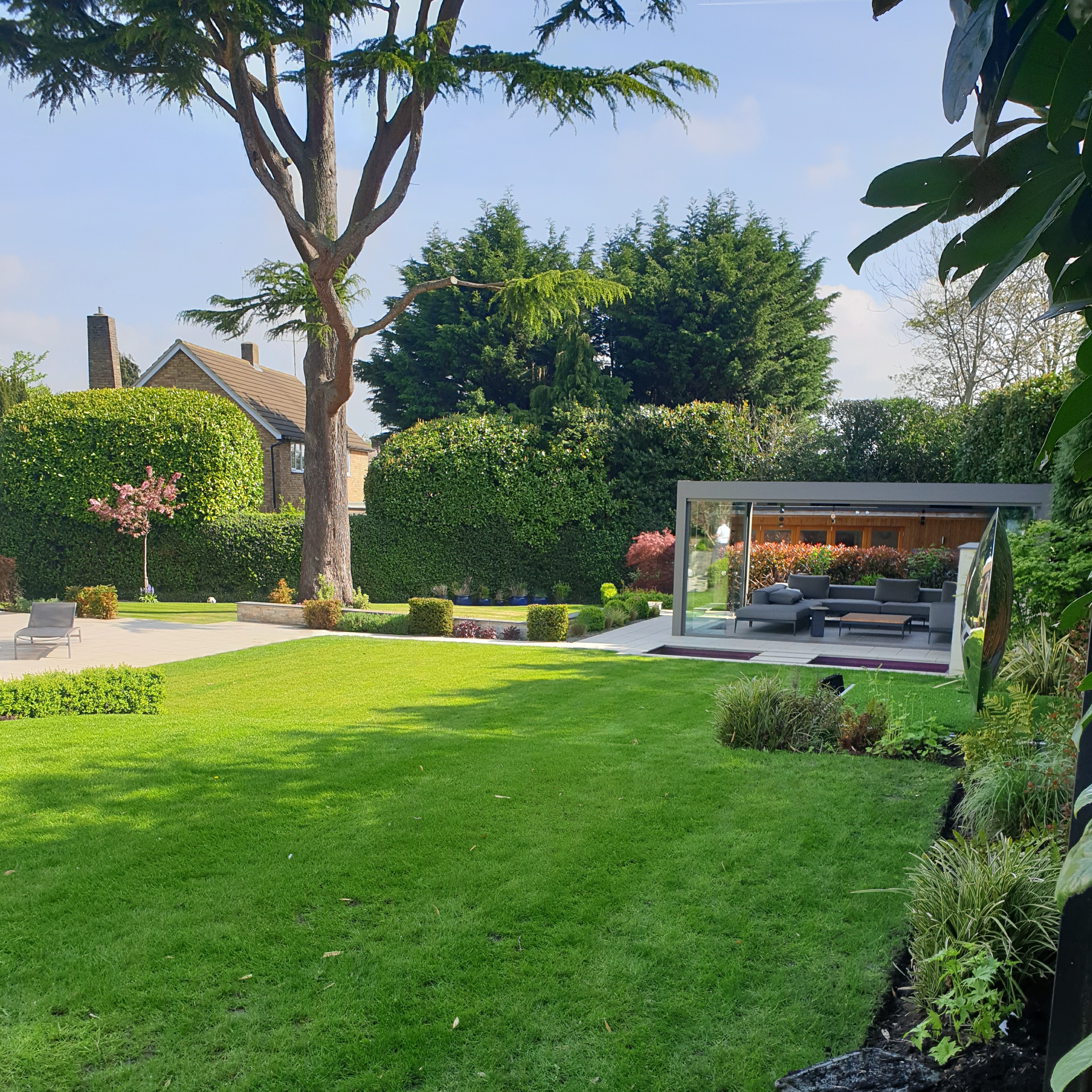
21 Oct Irrigation for larger gardens
As you know, Rosewood are experts in the design and installation of irrigation for all gardens. On one day we may work in the rolling grounds of a landscaped country estate. On the next we could be dealing with a balcony garden that consists only of window boxes, pots and hanging baskets. Today we want to talk about irrigation for larger gardens. If your concern is with smaller ones, you’ll have to wait for our next post!
The first thing to note about large gardens is that they are likely to have many different areas, each of which has its own irrigation needs. The watering requirements of a lawn are very different to those of a specimen tree, an area of shrubbery, or even a flower border. This is why we use separate zones when designing your irrigation system. And of course, the larger your garden, the more zones we are likely to include. There are two main considerations when designing each zone. The first is the timings for the application of water – how often we need to water an area and for how long. The second is the way in which we actually deliver the water.
Timings
Quite possibly you will need to water each area for a different length of time, or at different intervals. A lawn may need watering twice a week, a planted border once a day, and a hanging basket four times a day. However, each time you water the lawn, you would need to give it more water than the hanging basket gets when you water that. To ensure that all this is achievable, we use multi-zone timers that allow us to program each zone separately. Every zone has its own watering times set, making sure that each area is given just the water it needs. With a Rosewood system plants are never under- or over-watered – we care for them all individually.
Types of Irrigation
As well as considering the amount and frequency of watering, for each zone we have to think about how to deliver the water. There are many different ways to irrigate, and your Rosewood system designer makes careful choices depending on the type of planting in a given zone. A few examples follow.
- Pop-up sprinklers are likely to be installed in grass. These are buried so that they don’t cause an issue when mowing the lawn. However, they pop up above the ground when the system comes on and the lawn is watered perfectly.
- Individual trees and large shrubs need water where deeper roots can reach it best. For these we would use Rain Bird’s Root Watering System, which funnels applied water down to where it is needed. This encourages deeper root growth (leading to greater tree stability too) as well as providing the water the plant needs.
- We might irrigate borders planted with smaller annuals and perennials using dripline, which consists of tubing that has holes drilled along its length so that water comes out exactly where needed for the plants. There is no run-off and no wastage due to evaporation. Water soaks the ground just where the plant roots need it to be.
- We use many other types of irrigation too: sprinkler heads mounted on risers for watering larger plants and shrubs; misters for adding moisture to the air in areas devoted to ferns and orchids; pot drippers for containers – the list goes on.
The Overall Picture
A larger garden will have many zones, and a Rosewood irrigation system reflects this. If a plant needs a particular kind of irrigation, Rosewood will recognise this and design the system accordingly. Your huge garden may have so many different areas with different requirements that it would be impossible to keep track of them to water manually. But in a Rosewood system, the controller will manage all the myriad zones and components. Our engineers set up everything carefully and in most cases no further adjustment is necessary.
Really, all you need to know is that you can forget about the irrigation and simply enjoy the results!
